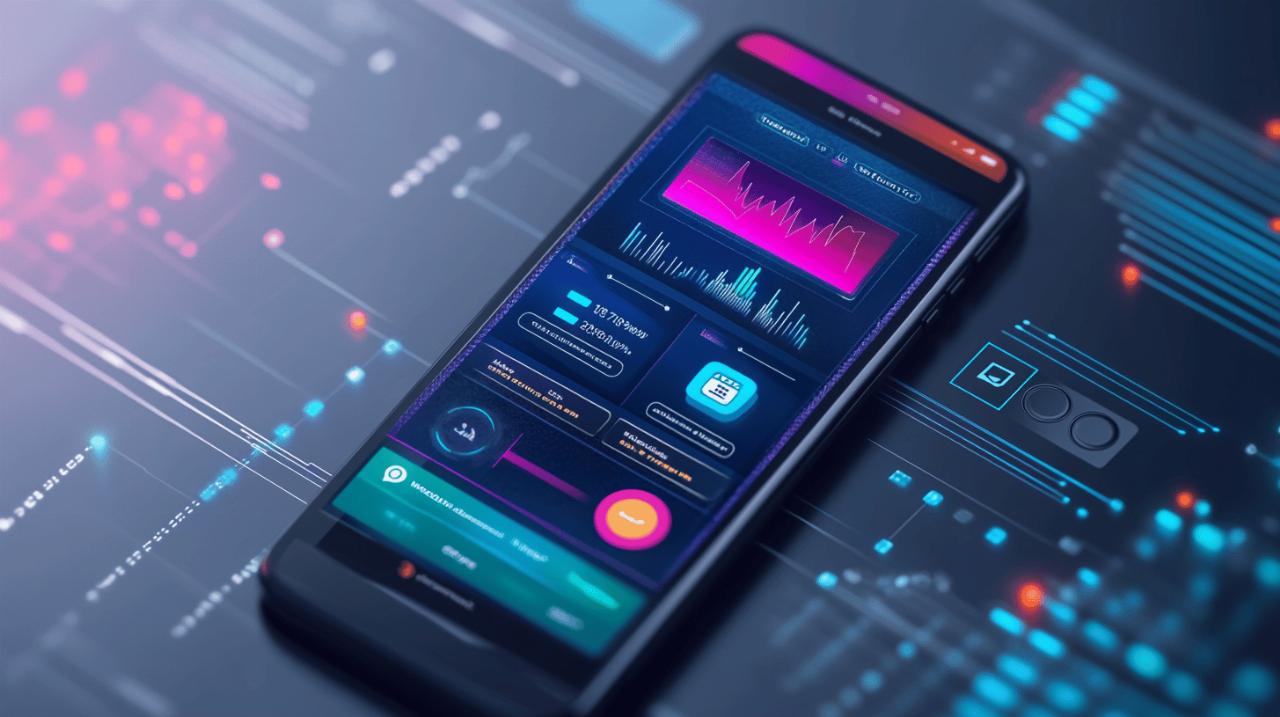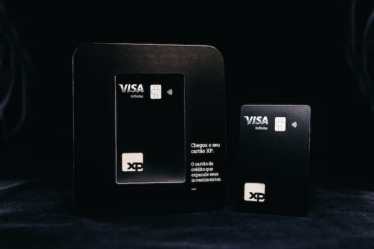
The digital revolution in banking has transformed how we manage our finances, offering unprecedented convenience and functionality through mobile applications. With modern banking apps evolving at a rapid pace, users need to stay informed about the latest features to make the most of these powerful financial tools. This guide will walk you through navigating the most innovative aspects of today's banking apps, ensuring you can manage your money securely and efficiently from anywhere.
Understanding modern security protocols
Security remains the cornerstone of digital banking, with financial institutions investing heavily in cybersecurity measures. According to bancajaticket.es, a website covering banking and financial topics, the implementation of robust security protocols has become essential as mobile banking users worldwide are expected to exceed 3.6 billion in 2024. This dramatic increase in users necessitates stringent protection mechanisms that balance security with user convenience.
Biometric authentication methods explained
Modern banking apps have moved beyond traditional passwords to incorporate sophisticated biometric authentication. Most leading banks now offer fingerprint recognition, facial recognition, and even voice identification to verify your identity. These technologies analyse unique physical characteristics that cannot be easily replicated, significantly reducing the risk of unauthorised access. When setting up these features, your banking app captures and encrypts your biometric data, using it as a secure key to unlock your account information without requiring you to remember complex passwords.
Setting up multi-factor authentication for enhanced protection
Multi-factor authentication (MFA) adds an additional layer of security by requiring multiple forms of verification before granting access to your accounts. This typically combines something you know (password), something you have (mobile device), and something you are (biometrics). To activate this feature, navigate to your security settings within the app and follow the prompts to enable two-factor or multi-factor authentication. Many banks will send a one-time code via text message or email as a secondary verification step, ensuring that even if one security measure is compromised, your account remains protected.
Exploring enhanced payment options
The payment landscape within banking apps has evolved dramatically, offering users more flexibility and efficiency than ever before. Today's apps integrate numerous payment methods, from traditional bank transfers to cutting-edge digital wallet solutions, making it easier to manage your finances across multiple platforms and currencies.
Rapid transfer systems and their benefits
Instant payment systems have revolutionised how we transfer money, allowing funds to move between accounts in seconds rather than days. These rapid transfer systems operate 24/7, eliminating the limitations of traditional banking hours and weekends. Many banks have introduced features like QR code payments and peer-to-peer transfers that facilitate immediate fund movement with minimal effort. The convenience of these systems extends beyond speed, offering enhanced tracking capabilities and confirmation notifications that provide peace of mind for both senders and recipients.
International payment features and exchange rates
Global payment capabilities have become increasingly important in our interconnected world. Modern banking apps now offer multi-currency support, allowing users to hold, convert, and transfer funds in various currencies. When making international transfers, these apps typically display real-time exchange rates and fee structures, enabling informed decisions about the timing and method of your payments. Some advanced apps even include predictive tools that suggest optimal times for currency conversion based on historical rate data and market trends, potentially saving substantial amounts on large transfers.
Digital account management essentials
The core functionality of banking apps revolves around comprehensive account management tools that provide visibility and control over your finances. These features have become increasingly sophisticated, offering detailed insights and convenient administrative functions that were once only available through in-branch services.
Paperless statements and document storage
Environmental considerations and convenience have driven the shift toward paperless banking. Most apps now allow you to view, download, and store electronic versions of your statements and important financial documents. These digital records are typically accessible for extended periods, often several years, creating a searchable archive of your financial history. The document storage systems within these apps employ encryption and secure cloud technologies to protect sensitive information while making it readily available whenever you need to reference past transactions or provide proof of payment.
Transaction categorisation and search functions
Understanding your spending patterns is crucial for effective financial management. Modern banking apps automatically categorise transactions into groups such as groceries, entertainment, or utilities, creating visual representations of your spending habits. Advanced search functionality allows you to filter transactions by date, amount, payee, or category, making it simple to locate specific payments or analyse spending trends. Some apps even incorporate machine learning to improve categorisation accuracy over time, adapting to your unique spending patterns and preferences for a more personalised financial overview.
Utilising budgeting and financial planning features
Beyond basic account management, today's banking apps incorporate sophisticated financial planning tools that help users achieve their financial goals. These features transform raw transaction data into actionable insights that guide spending decisions and long-term financial strategy.
Creating custom spending categories and alerts
Personalised budgeting begins with defining spending categories that align with your lifestyle and financial priorities. Most advanced banking apps allow you to create custom categories beyond the standard presets, enabling more accurate tracking of your specific expenses. Alert systems can be configured to notify you when spending in a particular category approaches or exceeds your predetermined limits, helping to prevent budget overruns. Some apps also offer predictive alerts that warn of potential overdrafts based on scheduled payments and typical spending patterns, allowing you to take preventive action.
Long-term savings goals and progress tracking
Setting and achieving financial goals becomes more manageable with dedicated savings tools integrated into banking apps. These features allow you to establish specific targets, whether for emergency funds, holidays, or major purchases, and track your progress visually over time. Some advanced apps incorporate automation options that transfer small amounts to your savings based on rules you define, such as rounding up purchase amounts or setting aside a percentage of incoming deposits. Progress tracking often includes projection tools that estimate completion dates based on your current saving rate, helping you adjust your strategy if needed.
Accessing customer support through banking apps
The evolution of customer service in banking has led to comprehensive support options directly within mobile apps, reducing the need for branch visits or lengthy phone calls. These integrated support features combine the convenience of digital interaction with the personal touch of traditional banking services.
Live chat and virtual assistant options
Immediate assistance is available through in-app messaging systems that connect you with customer service representatives or AI-powered virtual assistants. These chat interfaces can address common questions and perform simple account functions immediately, while seamlessly escalating more complex issues to human agents when necessary. Virtual assistants increasingly use natural language processing to understand queries in conversational terms, making interactions more intuitive and less dependent on specific phrasing or menu navigation. Many banks are expanding these capabilities to include voice-activated assistants that respond to spoken commands, further simplifying the support experience.
Booking appointments and branch location services
When in-person assistance is required, banking apps simplify the process of connecting with physical branches. Location services identify nearby branches, displaying their operating hours, available services, and current wait times. Appointment booking features allow you to schedule meetings with specific departments or specialists, eliminating wait times and ensuring you speak with the appropriate expert for your needs. Some apps even offer pre-appointment questionnaires that help bank staff prepare for your visit, making in-branch experiences more efficient and productive when digital solutions aren't sufficient for your banking needs.



